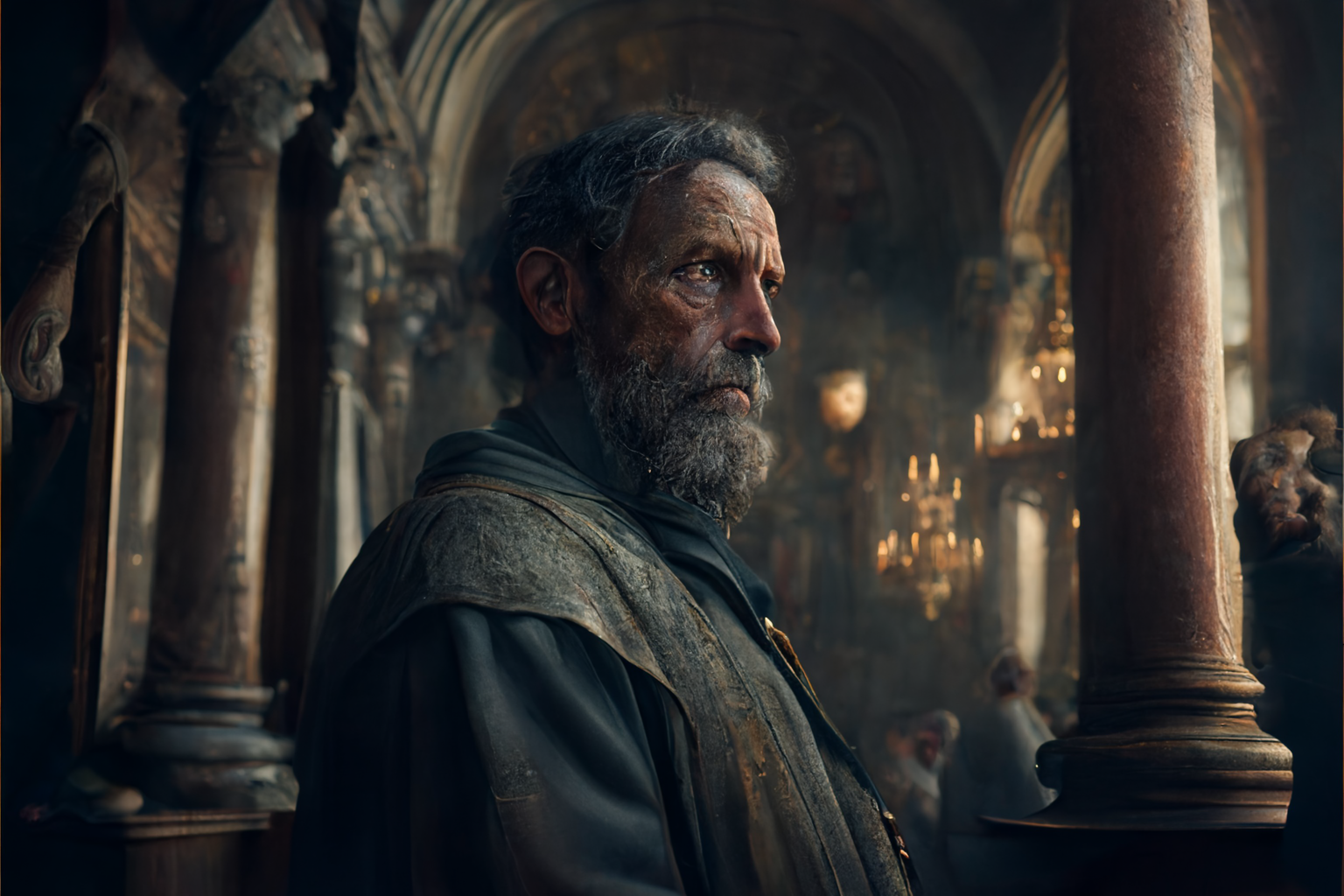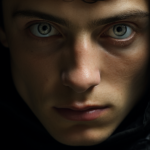
St. Sabas
St. Sabas
When they lived:
St. Sabas, also known as Saint Sabbas or Sabas the Sanctified, lived during the late 5th century and into the early 6th century. He was born in 439 AD and passed away in 532 AD.
Where they lived:
St. Sabas spent the majority of his life in the Judean Desert, which is located in the eastern part of the Holy Land, near Jerusalem. He was closely associated with the Mar Saba Monastery, one of the oldest active monasteries in the world, situated in the Kidron Valley.
Notable world events during the time of their life:
- The Fall of the Western Roman Empire (476 AD): This marked a significant transition in the history of Europe.
- The Council of Chalcedon (451 AD): A major ecumenical council of the Christian Church.
- The Life of St. Benedict (c. 480–547 AD): St. Benedict founded the Benedictine Order.
- The Byzantine-Persian War (502–506 AD): A time of conflict in the Eastern Mediterranean.
- The Birth of Boethius (c. 480–524 AD): A Roman philosopher and statesman.
- The Academy of Gondishapur (c. 3rd–7th century AD): A center for learning and translation of Greek and Roman texts in the East.
- The Plague of Justinian (541–542 AD): A pandemic with a profound impact on the Eastern Roman Empire.
Their patronage:
St. Sabas is the patron saint of monasticism, monks, and hermits. He is revered for his ascetic lifestyle, commitment to prayer and meditation, and his role in the development of monasticism in the Eastern Orthodox tradition. St. Sabas’ life and teachings continue to inspire those who seek spiritual growth and a deeper connection with their faith through solitude and contemplation.
Early Life
Little is known about the early life of St. Sabas. He was born in Cappadocia, which is a region in modern-day Turkey, and was raised in a Christian family. At a young age, he became a monk and dedicated his life to God.
Founding of the Mar Saba Monastery
In 483 AD, St. Sabas founded the Mar Saba Monastery, which was located in the Kidron Valley near Jerusalem. The monastery was built on a site that had been used for hermitages for centuries, and it quickly became an important center of monastic life. St. Sabas is credited with establishing a strict set of rules for the monastery, which were based on the principles of prayer, hard work, and self-denial.
Contributions to Monasticism
St. Sabas is known for his contributions to the development of monasticism, which is the practice of living a solitary life devoted to religious practices such as prayer and contemplation. He is considered one of the “fathers” of Eastern monasticism, along with St. Anthony the Great and St. Pachomius.
St. Sabas is also known for his efforts to reform and revitalize monasticism in Palestine, which had become lax and corrupt. He was a strong advocate for the solitary life of the hermit, and he encouraged monks to live in small, isolated communities rather than in large, urban monasteries. He believed that this type of monasticism was more conducive to a life of prayer and contemplation.
Later Life and Legacy
St. Sabas spent the latter part of his life traveling throughout Palestine and the surrounding region, preaching and establishing monasteries. He is said to have visited many of the holy places in Palestine, including Bethlehem, the Jordan River, and the Mount of Olives.
St. Sabas died in 532 AD at the age of 93. He was canonized as a saint by the Eastern Orthodox Church, and his feast day is celebrated on December 5th.
Today, the Mar Saba Monastery still stands and is considered one of the oldest and most important monasteries in the world. It is a popular site for pilgrims and tourists, and it continues to be a center of monastic life.
Conclusion
St. Sabas was a monk and priest who is known for his contributions to the early Christian monastic movement. He is considered one of the “fathers” of Eastern monasticism, and he is credited with founding the Mar Saba Monastery, which is one of the oldest and most important monasteries in the world. His legacy continues to be celebrated in the Eastern Orthodox Church, and his teachings continue to inspire monastic communities today.



